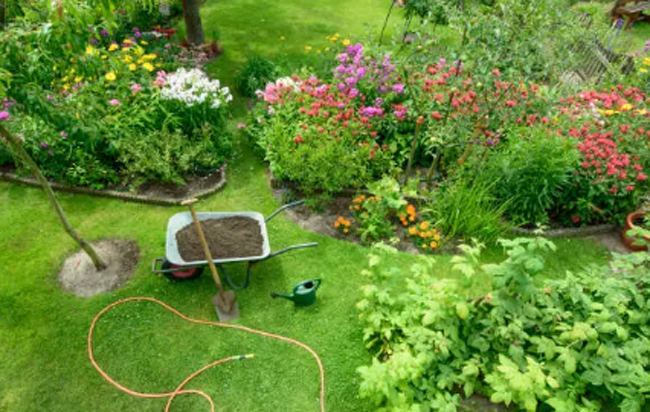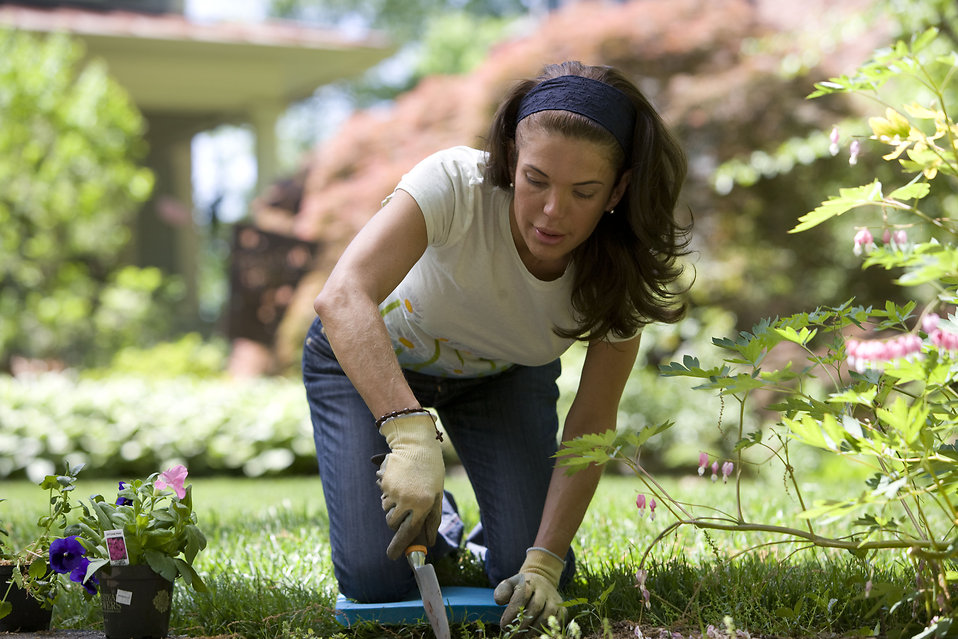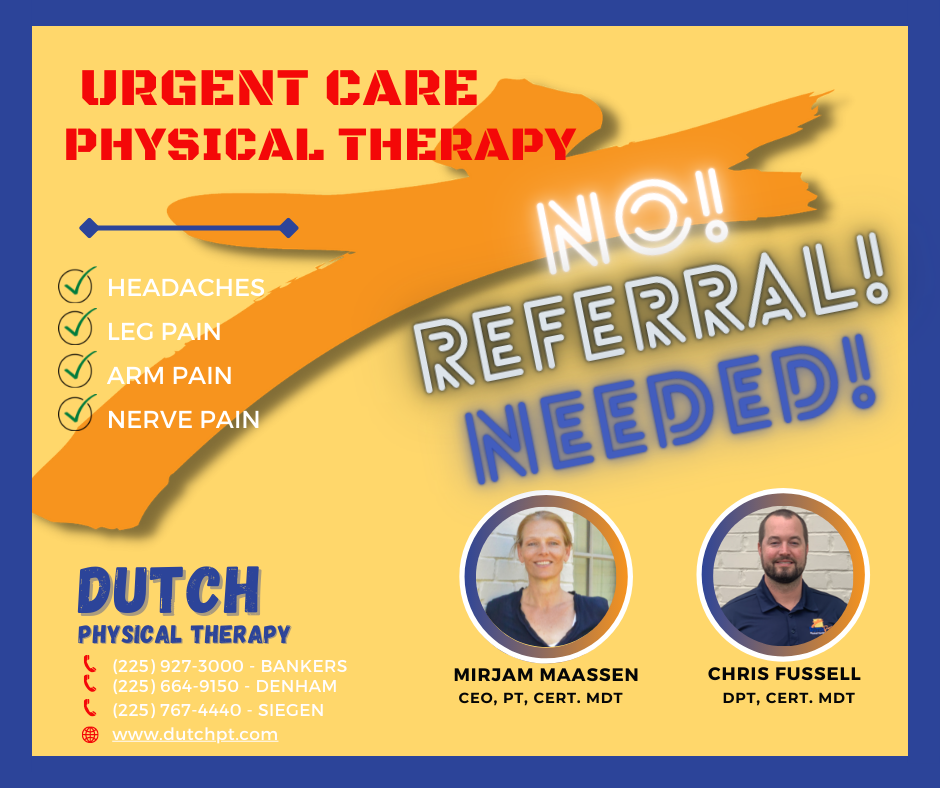Gardening can be a therapeutic activity that not only benefits your plants but also your physical and mental well-being. Here are some tips for incorporating gardening into your routine while managing physical therapy:
1. Consult with your therapist: Before starting any gardening activities, it is a good idea to consult with your physical therapist to understand your limitations and which movements or activities might be beneficial or harmful to your recovery process.

2. Choose ergonomic tools: Invest in ergonomic gardening tools designed to reduce strain on your body. Look for tools with padded handles, adjustable lengths, and lightweight materials to minimize stress on your muscles and joints.
3. Warm-up exercises: Just like any physical activity, warming up your muscles before gardening is essential. Perform gentle stretching exercises recommended by your therapist to increase flexibility and reduce the risk of injury.
4. Pace yourself: Break up your gardening tasks into smaller, manageable segments to avoid overexertion. Take regular breaks to rest and hydrate, and listen to your body’s signals to prevent pushing yourself too hard.

5. Use proper body mechanics: Pay attention to your body mechanics while gardening to prevent strain and injury. Lift with your legs, not your back, and avoid twisting your spine when lifting heavy objects. Use a kneeling pad or stool to reduce strain on your knees and back while working at ground level.
6. Modify your environment: Create a gardening space that accommodates your physical needs. Raised beds or containers can minimize bending and kneeling, while vertical gardening structures can make it easier to reach plants without straining.
7. Adapt gardening techniques: Explore alternative gardening techniques that require less physical exertion. For example, try container gardening, which allows you to garden while sitting or standing, or use long-handled tools to reduce the need for bending and reaching.

8. Stay hydrated and nourished: Gardening can be physically demanding, so remember to stay hydrated and nourished throughout your gardening sessions. Take regular water breaks and snack on nutritious foods to maintain energy levels and prevent fatigue.
9. Listen to your body: Pay attention to any signs of discomfort or pain while gardening, and don’t push through it. If you experience pain or strain, stop the activity and rest. Communicate with your therapist about any challenges or concerns you encounter, so they can adjust your therapy plan accordingly.
10. Remember that your physical therapists here at Dutch Physical Therapy will adjust your personal care plan to suite your needs and lifestyle.
By incorporating these tips into your gardening routine, you can enjoy the therapeutic benefits of gardening while safely managing your physical therapy needs.





